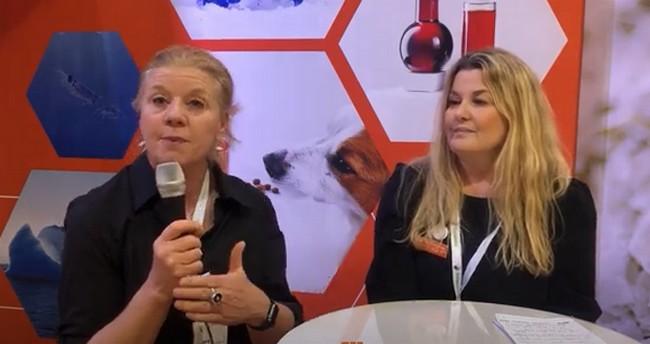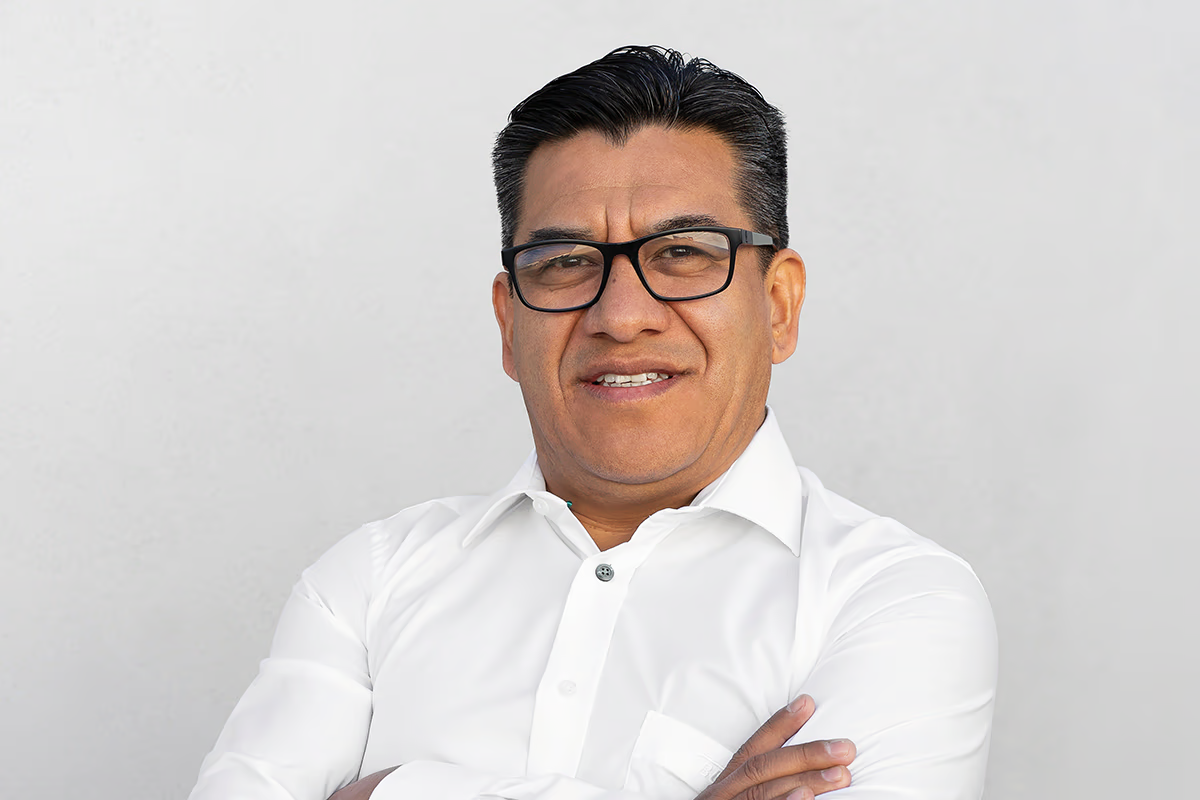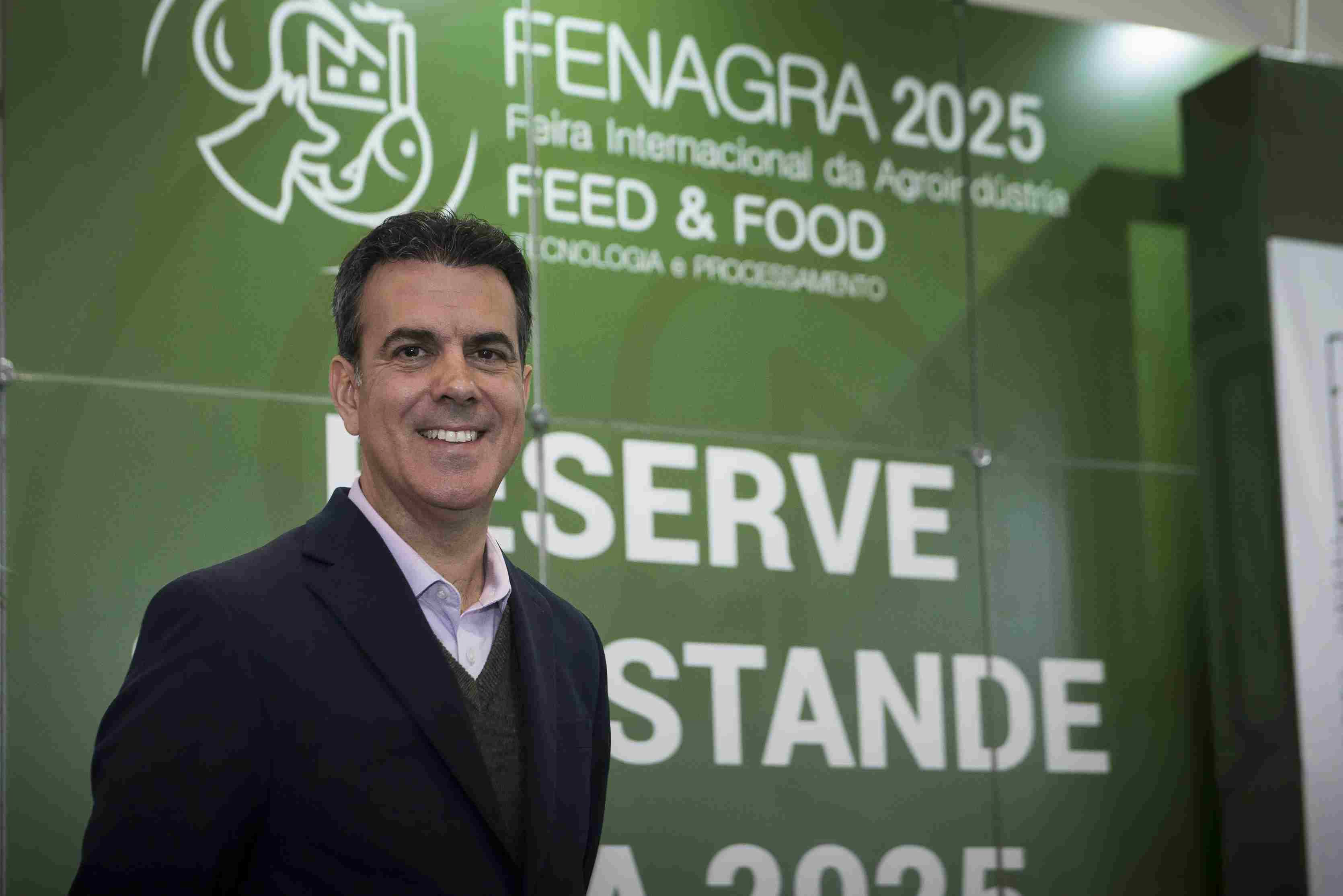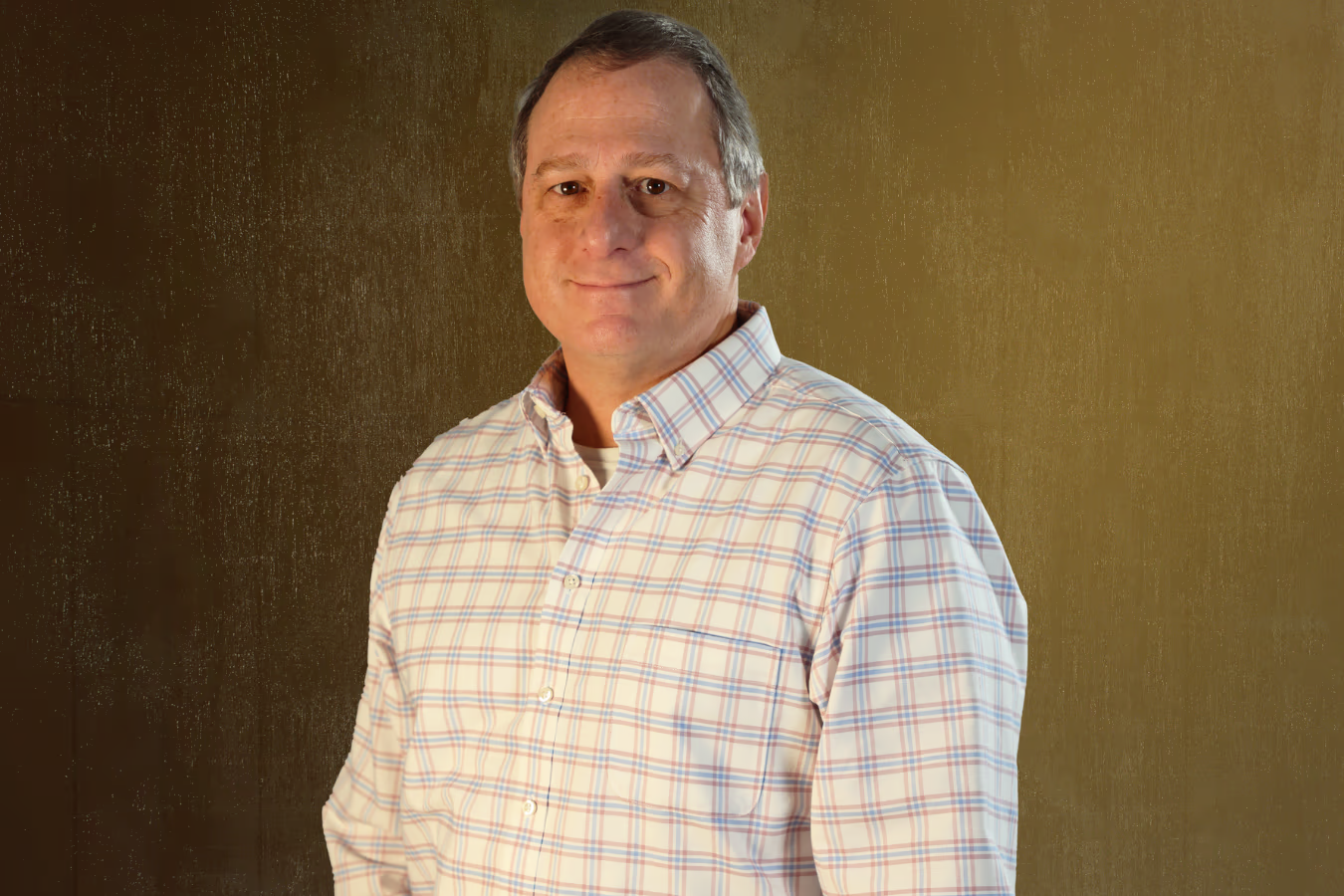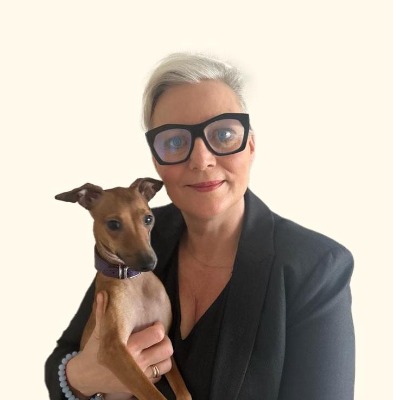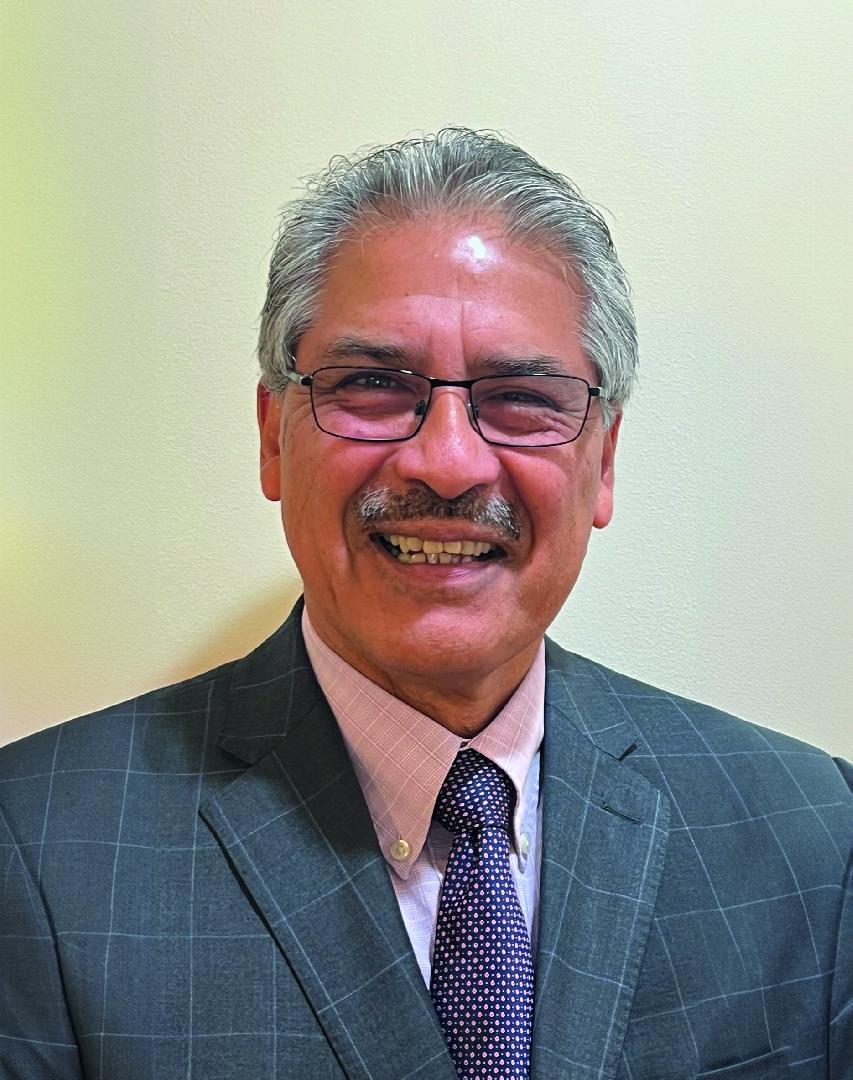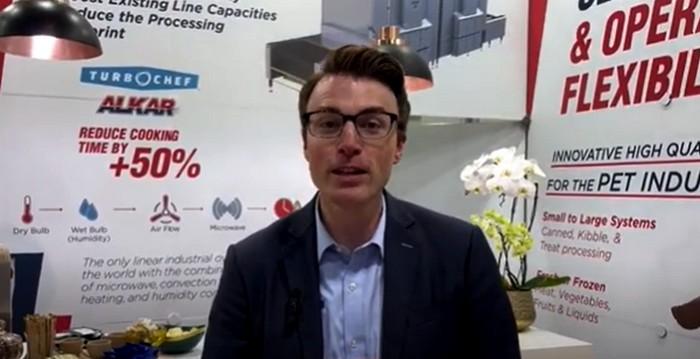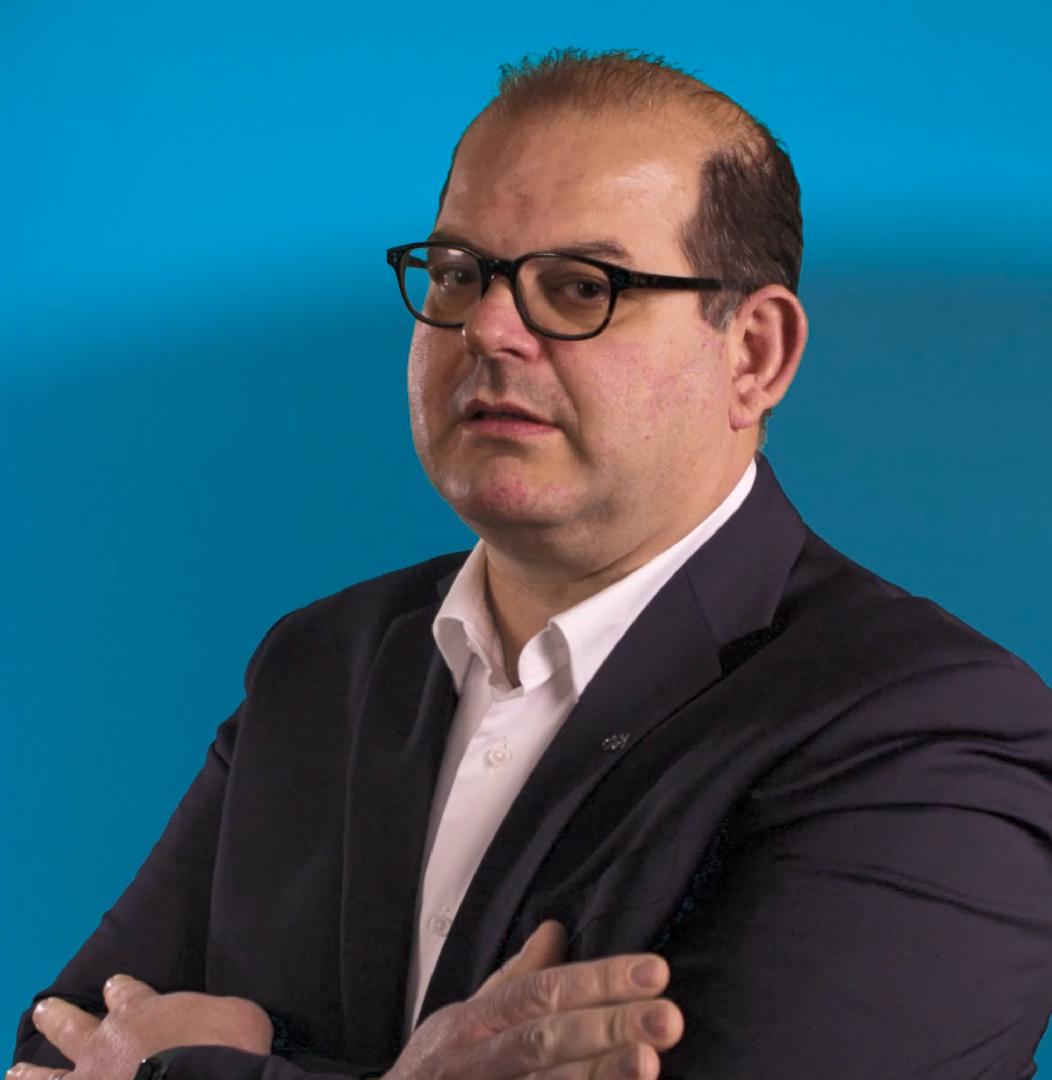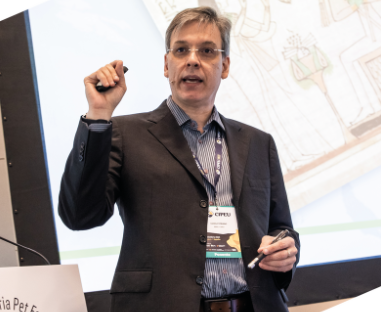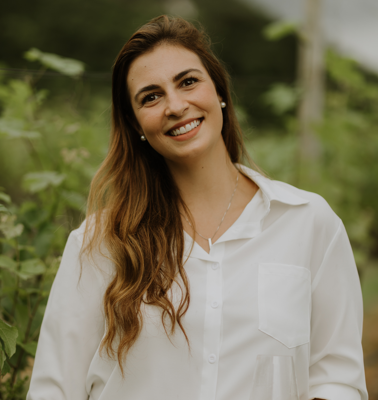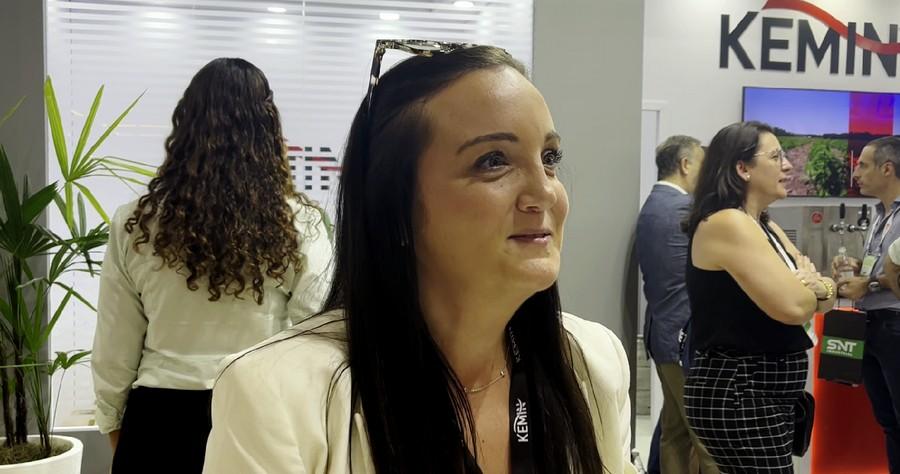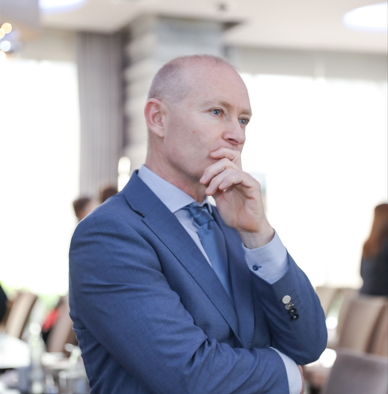28/07/2023
Interview with Sebas Van Den Ende - General Manager of VICTAM
This issue's interviewee is Sebas Van Den Ende, General Manager at VICTAM. Let's meet the man that has launched one of the most important events of the pet food industry.
He started his professional career at the Marketing Department of a Packaging company in the Netherlands, and later, at the same company, he changed his role as Export Manager for Latin America. In 2000, he made his first steps in the world of exhibitions as he started as Event Manager at Amsterdam RAI, the biggest exhibition organizer in the Netherlands, while he kept organizing events in Brazil and Mexico.
How did you start with VICTAM? What's (or has been) your biggest challenge as the General Manager?
After 5 years of working with events and exhibitions for a company, I moved to Brazil, where I launched the Latin American Branch of the RAI Group, but, unfortunately, just after the office was launched, a management switch changed strategic vision, and the Brazilian office was not needed anymore.
By then, in 2006, I saw big opportunities in Brazil, so I decided to stay in Brazil and launched our own exhibition company. This was the right time at the right place, as Brazil was booming and got the attention because of attracting the World Cup 2014 and the Olympics 2016.
In a short time, we built a portfolio of successful events and the developments in Brazil, drew the attention of international event organizers, and eventually, we sold our company to one of them.
After the required management handover period, we decided to return to the Netherlands in the beginning of 2018.
After some side steps, I felt like returning to the event industry, and exactly at that time, VICTAM came along.
Even though the industries for animal nutrition and grain processing were completely new for me, organizing and developing events in these industries is not very different from any other B2B industry, and it gave me the advantage to see things with an open mind. When I started at VICTAM in 2018, the challenge was to get a more balanced portfolio and to have a better coverage of the world. In the process of developing our portfolio, having partnerships and joining existing events were key elements. The idea was to have more qualitative good VICTAM events, but not necessarily more events in the industry, creating a win-win for organizers and participants. In 2019, we signed three important partnerships to execute this strategy, but unfortunately, just after signing the contracts we faced the COVID-19 outbreak. This changed a lot, not only for our industry, but also it strongly influenced our partnerships and internal organization.
The biggest challenge, so far, is very clear: to overcome the Coronavirus pandemic. And although the world has overcome it, the landscape in exhibition land is still misty and it will take time before everything is back to normal.
When did you realize it was time to arrive in LatAm? What were the reasons that made you take the risk?
When I lived in Brazil, we were always looking at new segments for our exhibition portfolio, and it was very clear that the agribusiness, like livestock, soy, sugar cane, corn and grain had a huge potential. We never touched these industries, as they have strong stakeholders, and we felt you need a well-established exhibition brand to convince them in this field.
As soon as I started at VICTAM, it was obvious that Latin America was a continent that had our priority to research and after doing this it confirmed the potential we noticed before.
As Latin America was a blind spot in our portfolio, the market showed potential and our exhibitors were positive about exhibiting in the region, we decided to launch an event in the continent. Latin America, of course, is much more than Brazil, so the question was where to launch VICTAM LatAm. Argentina, Brazil, Chile, Colombia, Ecuador and Peru are all very important markets for our exhibitors and we considered all of them as possibilities.
We decided to launch our event in Sao Paulo, as Brazil is the biggest country in the continent and has Sao Paulo, a central and important hub. There are flight connections to all major cities in South America and there are good facilities to organize events. Of course, my knowledge and connections in Brazil were also factors in the decision as we could start the event in the third gear.
After we had received market support from our founding companies (Andritz, CPM, Famsun, Wengerand Zheng Chang) and some national and international associations, we launched our first edition for October 2023, in September last year.
Which are the plans for VICTAM in LatAm? Will it take place in different countries of the region? Which periodicity will it have?
VICTAM is part of a foundation with the mission of benefiting the animal nutrition industry. For us, the result of the event for our participants is more important than the financial results. After all, the profit we make will go back to the industry by donations to projects and research. Our objective with our events is having bi-annual events in 4 regions (Asia, Europe, Latin America and Middle East/Africa) in the world.
For our event VICTAM LatAm, as this will be a bi-annual event, the next edition will be in October 2025. Whether we stay in Sao Paulo or move the event to other countries is not decided yet and also will depend on the results of the event and the feedback from our participants. In the future, we hope that VICTAM will close partnerships and co-host with other events and strategic partners, so that it grows together with other events of the continent. The most important thing is that we answer according to the needs of the market: it's not only about what's convenient for us but rather about meeting our customers' needs.
How do you see the growth of the pet food industry in the near future?
The pet food industry is a rapidly growing sector, and it is expected to continue to expand in the near future. The increasing number of pet owners, combined with the growing awareness of the importance of pet nutrition, is driving the demand for high-quality and healthy pet food. As a result, the industry is likely to continue to transform and bring along new innovations that cater to the specific needs of pets. Some of these innovations include the use of precision nutrition, sustainable practices, nutrigenomics, alternative protein sources, automation and Blockchain.
As a leading global animal feed event organization, we have to make sure to do continuous research to not lag behind and follow all the trends to maintain high-end knowledge by organizing the right conferences with the right topics and by the right people. Overall, the pet food industry is set to remain a key player in the global food industry, as pets continue to play an important role in the lives of millions of people around the world. Therefore, for VICTAM, the pet food segment is growing in importance. Pet food is now one of the main segments of the event, both at the exhibition as in the parallel conference program.
What's your point of view, as VICTAM General Manager, regarding new needs, such as sustainability and circular economy?
As the industry is expected to continue to focus on sustainability and environmentally friendly practices, consumers become more conscious of their impact on the planet. It is clear that if we want to live with so many people on earth, we must do this in a responsible way, so that the next generations will be proud of us instead of blaming us.
I believe that the feed and grain processing industries have an important role to play in promoting sustainability and circular economy practices. There is a growing awareness among consumers and industry stakeholders about the need to reduce waste, conserve resources, and minimize the environmental impact of industrial processes. Thus, it is important for the industry to adopt sustainable practices that support the circular economy. This can be achieved through the implementation of these practices and promotion through different channels (online). As for the offline practices, promotion of sustainability through workshops, seminars and other sessions during the events.
In our industry, these are important themes and we give it quite some attention. In our conference program there are several sessions about sustainability and exhibitors we always challenge to have innovations to stimulate this circular economy.
We believe that an event like VICTAM, where so many people from different parts of the world come together can contribute to the environment goals.
In your experience, what's the most important factor for a successful networking event?
Obviously, the most important factor for a successful networking event is to meet the right people. Meeting people with the same interests, meeting people who can help you with a need, problem or question. The more of these contacts the better it is. If you can combine these meetings, with seeing the solutions, feeling a machine and listening to interesting sessions you have a successful networking event.
What would you say to professionals, producers and manufacturers that are yet not participating in any networking event to encourage them?
We believe that our event in Sao Paulo this October will be a big success. Around 150 companies already signed up, which exceeded our goals for this first event. This will be an event for the whole continent, and we already see quite some registrations from feed mills and pet food producers from several countries from South America. It will be a complete event where companies will meet potential and existing clients from the whole continent.
To all feed mills, cooperatives, self-mixing farms and flour processing companies, please register on line and check out the event. Visiting the event will be a one stop experience where you see the latest technology from all over the world, innovative ingredients for nutrition and a very diverse conference program for all kinds of topics.
By: Sebas Van Den Ende
Source: VICTAM
